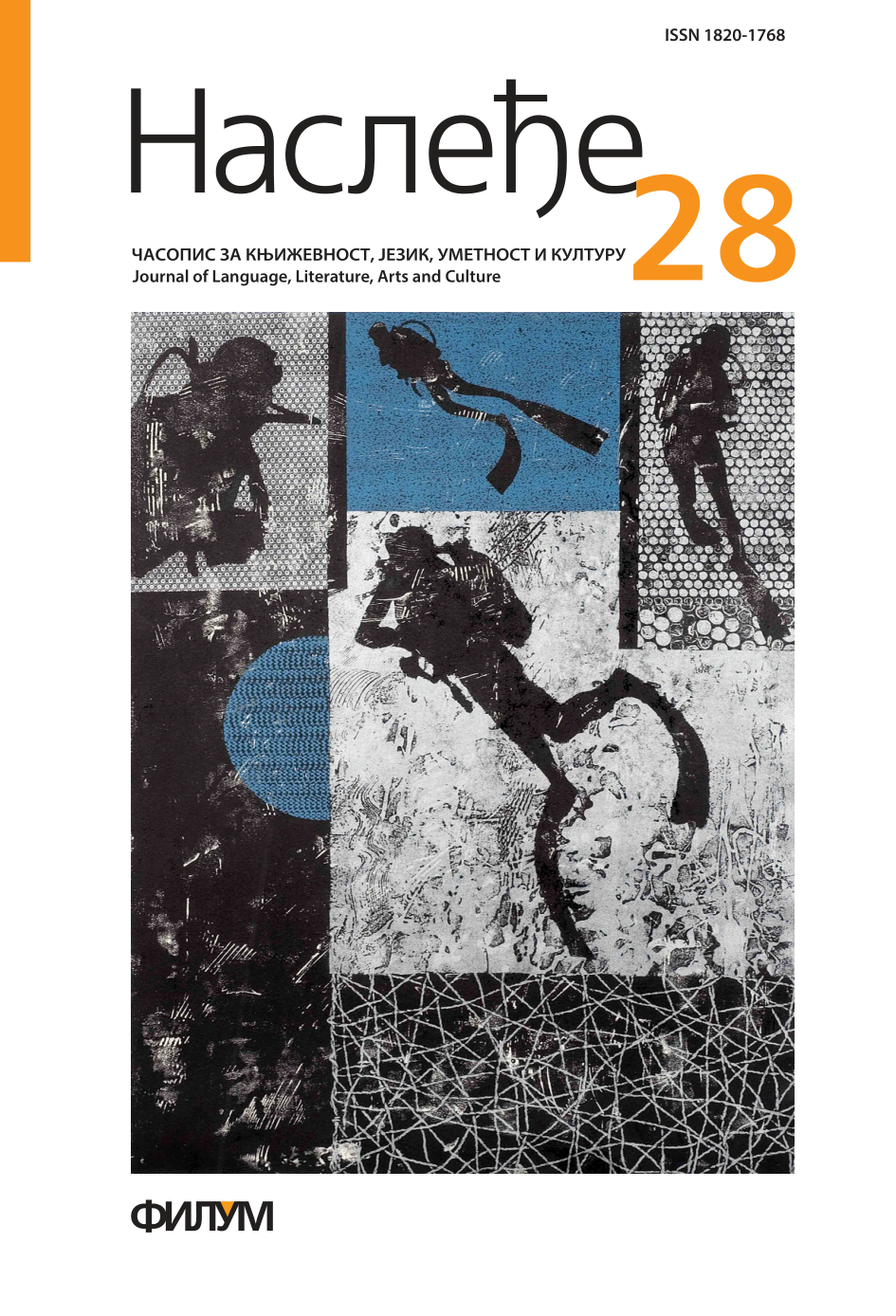USING THE CEFR TO PROVIDE TEST SPECIFICATIONS FOR ASSESSING VOCABULARY FOR ESL/EFL ACADEMIC WRITING
POTENTIALS AND LIMITATIONS
Keywords:
assessment, test specifications, the CEFR, scales, reference level descriptors, rating rubricsAbstract
The Common European Framework of Reference has caused much debate ever since it was published in 2001. It was developed with the aim of being used as a descriptive tool in language teaching, learning and assessment. In this paper we will explore its potentials in helping language practitioners utilize its descriptors and guidelines for development of test specifications for ESL/EFL academic vocabulary. We will examine the existing vocabulary-related descriptors and reflect on their potentials to be used in two ways: as a basis upon which test specifications for assessing academic writing will be developed, and as descriptors for rating scales in test rubric. At the same time, we will reflect on two aspects which have been a subject of criticism in terms of language assessment. First, it has been claimed that the CEFR lacks a strong link to any theoretical models (apart from, maybe, a model of communicative competence), which hinders its potentials to be used as a basis for test specifications. Second, descriptors within the Framework do not provide enough contextual clues, as is necessary for developing a language test.
References
Alderson et. al. 1995: C. Alderson, Clapham, C., & and D. Wall. Language Test Construction and Evaluation. Cambridge: Cambridge University Press.
ALTE 2012: The Alte Can Do Project. Retrieved July 14, 2012, from http://www.alte.org/attachments/files/alte_cando.pdf
Bachman and Palmer 1996: L. F. Bachman and A. S. Palmer. Language Testing in Practice. Oxford: Oxford University Press.
Capel 2010: A. Capel. A1-B2 vocabulary: insights and issues arising from the English Profile Wordlists project. English Profile Journal, 1(e3). Retrieved July 3, 2012
Capel 2012: A. Capel. Completing the English Vocabulary Profile: C1 and C2 vocabulary. English Profile Journal, 3(e1). Retrieved July 10, 2012
COE 2011: COE. Manual for Language Test Development and Examining. Retrieved April 5, 2012
Coombe 2007: C. Combe. Developing Test Specifications. Perspectives, 15 (1), 10-13.
Council of Europe 2012. Council of Europe. Retrieved July 11, 2012, from http://www.coe.int
Council of Europe 2011. Council of Europe. Manual for Language Test Development and Examining. For use with the CEFR.
Council of Europe. (2009). Relating Language Examinations to the Common European Framework of Reference for Languages: Learning, Teaching, Assessment (CEFR). A Manual. Strasbourg.
Coxhead, 2000: A. Coxhead, The Academic Wordlist. Retrieved from http://www.victoria.ac.nz./lals/resources/academicwordlist/
Davidson and Fulcher 2007: F. Davidson and G. Fulcher, The Common European Framework of Reference (CEFR) and the design of language tests: A matter of effect. Language teaching , 231-241.
Davidson, and Lynch 2002: F. Davidson and B. K. Lynch,Testcraft. New Haven: Yale University Press.
Douglas 2000: D. Douglas,Assessing Languages for Specific Purposes. Cambridge: Cambridge University Press.
ESOL 2011: ESOL, Using the CEFR: Principles of Good Practice. Cambridge. Retrieved March 23, 2012
Fulcher 2004: G. Fulcher, Deluded by Artifices? The Common European Framework and Harmonization. Language Assessment Quarterly, 1 (4), 253-266.
Hughes 1989: A. Hughes, Testing for language teachers. Cambridge: Cambridge University Press.
Jones 2000: N. Jones, The ALTE Framework and the Can-do project. Research Notes, 11-14.
Milton 2010: J. Milton, In: Bartning, M. Martin, & I. Vedder (eds.), Communicative proficiency and linguistic development , pp. 211-232.
Powers 2010: D. E.Powers, The case for a comprehensive, four-skills assessment of English-language proficiency. R&D Connections 14.
Read 2000: J. Read, Assessing Vocabulary . Cambridge: Cambridge University Press.
Read 2007: J. Read, Second Language Vocabulary Assessment: Current Practices and New Directions. International Journal of English Studies, 7 (2), 105-125.
The English Profile 2012: The English Profile. (2012). Retrieved July 10, 2012, from http://englishprofile.org
Weigle 2002: S. C. Weigle, Assessing Writing. Cambridge: Cambridge University Press.
Weir 2005: C. Weir, Limitations of the Common European Framework for develping comparable examinations and tests. Language testing, 22 (3), 1-20.






